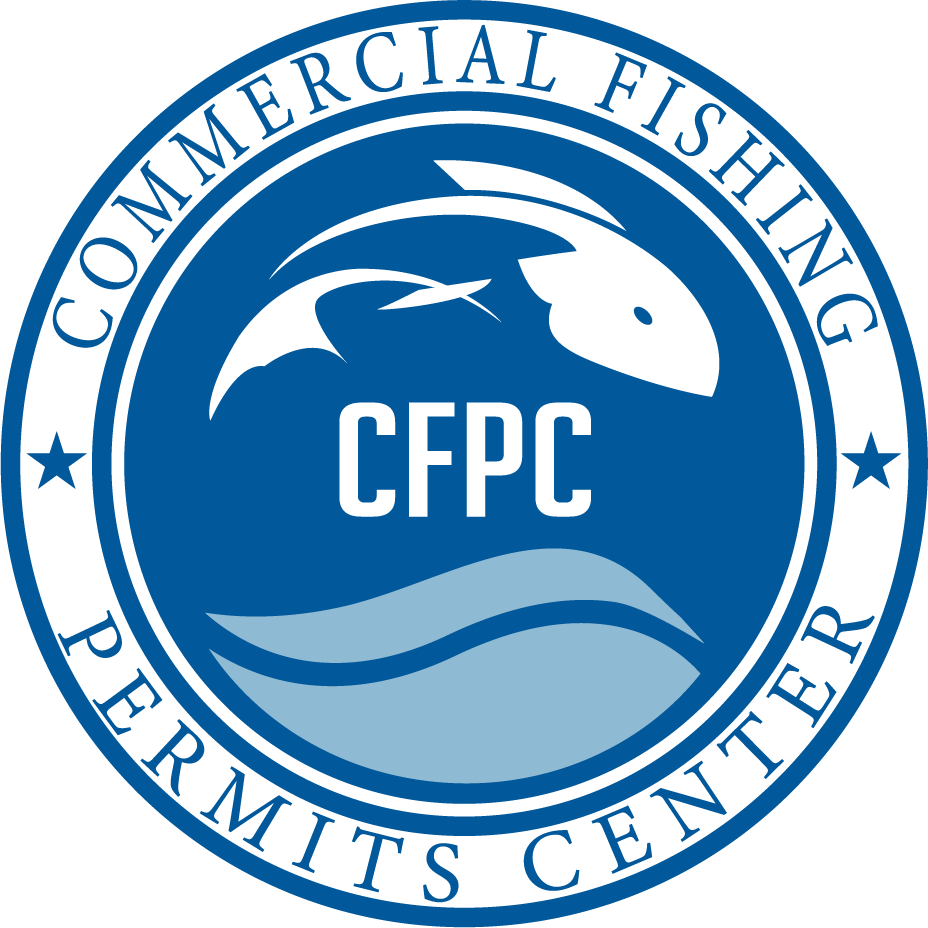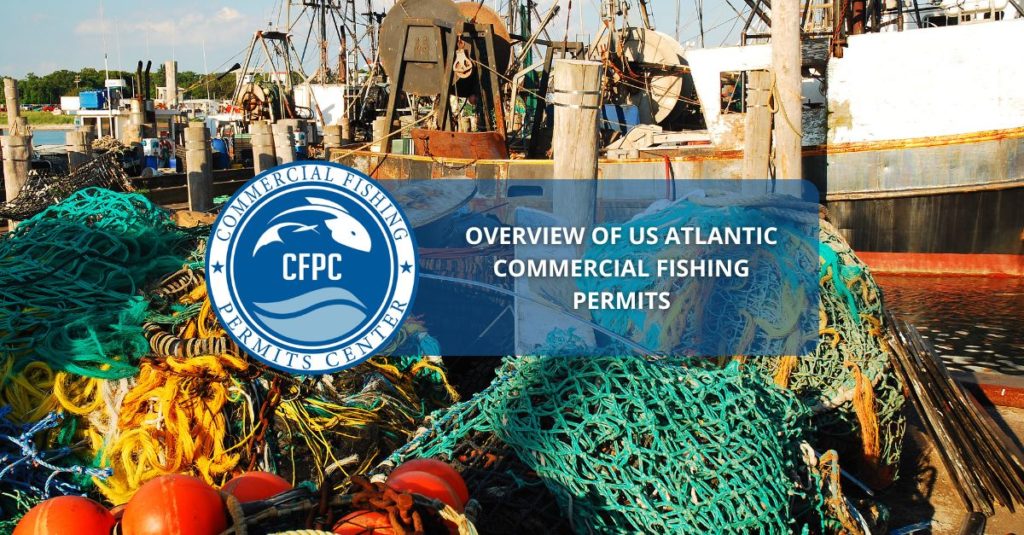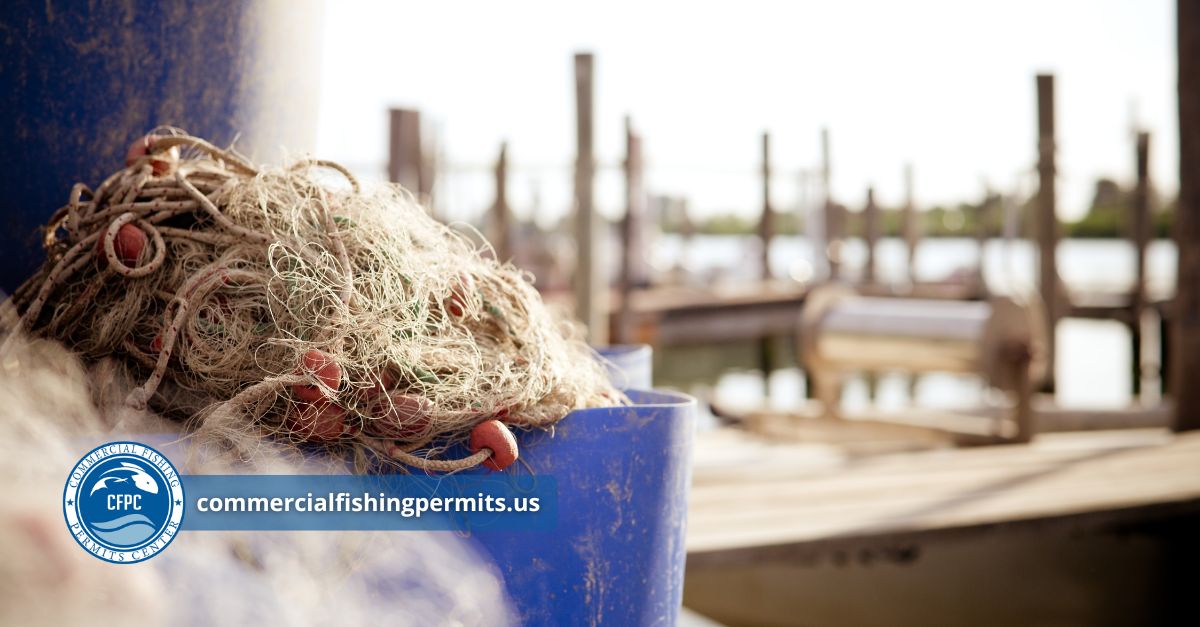When you apply for a fishing license, you will need to make sure you do so in the correct region. Atlantic commercial fishing permits apply to a specific area of the Atlantic Ocean and allow you to commercially fish in that region only. You will need additional permits if you plan to fish in other regions. The permits are used to track species numbers and to keep fishermen safe on the water. This overview will tell you everything you need to know.
What to Know About the National Marine Fisheries Service
This is the entity whose jurisdiction it is to manage and oversee the Atlantic region. This is done in a variety of ways, so being familiar with what to expect and what is expected of you as a permit holder is part of being a responsible commercial fisherman. Consider the following:
- Permit types – these are issued by region, but also for specific species, including highly migratory species, shellfish, groundfish, pelagic species, and more.
- Fishery management councils – this refers to specific councils that oversee fishery management plans for a given region.
- Species-specific permits – again, certain species require specific licenses to fish for them. That includes Atlantic herring, Atlantic sea scallops, Atlantic mackerel, Atlantic surf clam, and ocean quahog.
- Catch limits and quotas – the quota system is in place to control how much commercial fishermen can catch. It protects the species and the ecosystem and it’s important to adhere to these limits to avoid penalties and fees, but also for sustainability reasons.
- Vessel monitoring systems (VMS) – this system tracks a boat’s location and activities as a way to enforce compliance.
- Permit transfers – this happens when permits are bought or sold among an individual or entity. There are regulations that must be followed with a transfer, so be sure you do so correctly.
Atlantic Commercial Fishing Permits and Regional Differences
Along the Atlantic coast, there are requirements that may vary, as compared to other regions, including those in different parts of the Atlantic. These management plans apply to the various areas, based on the species that live there and the sustainability efforts that are in place. They include the following:
- Gulf of Maine
- Mid-Atlantic
- South Atlantic
Compliance and Enforcement
Compliance with Atlantic region regulations is carried out in several ways. This is to protect the region, but also to ensure that you can continue to pursue commercial fishing as your career. That includes inspections, monitoring penalties, and fines for non-compliance.
Development of Management Plans
Those who oversee fisheries management plans in the Atlantic region consider several factors when making those plans. They include, but are not limited to the following:
- Habitat protection
- Conservation of endangered species
- Public input
- Scientific assessments
- Consultation with stakeholders
These various aspects come together in a way that allows for the creation of relevant and effective regulations, as well as considering the perspectives of all involved in the commercial fishing industry in the region.
If you need more information about Atlantic commercial fishing permits, where they apply, and how to obtain one, we are here to help. Contact the Commercial Fisheries Permit Center today with all of your needs.



No Comments
Be the first to start a conversation